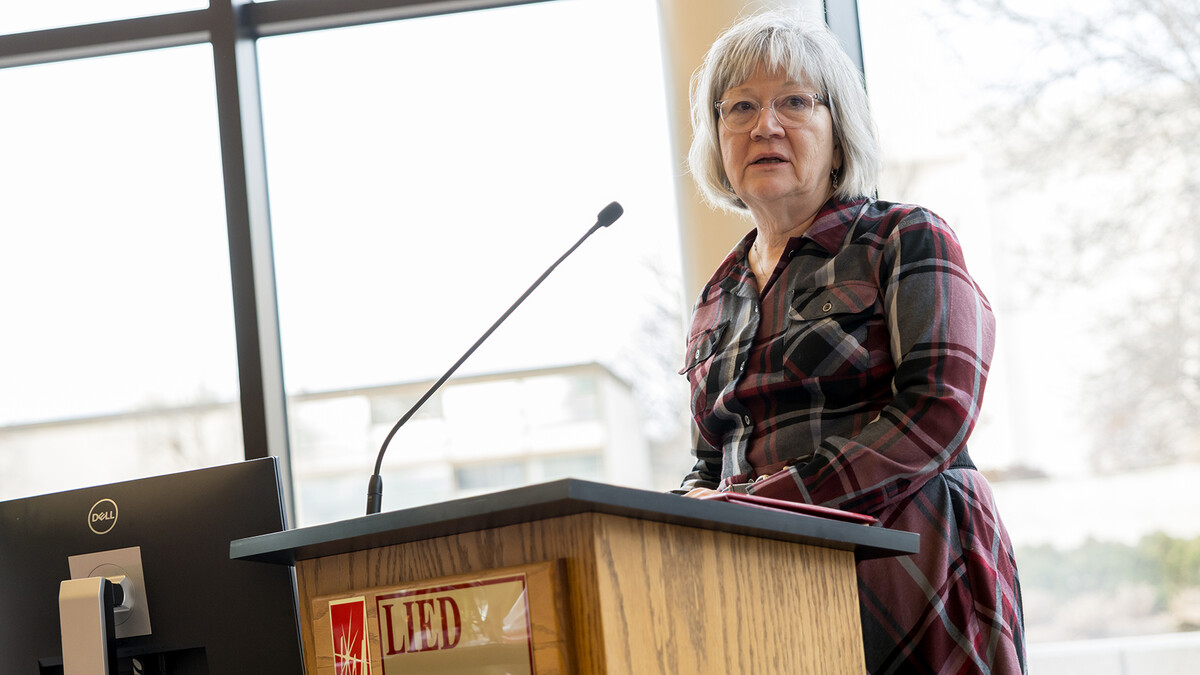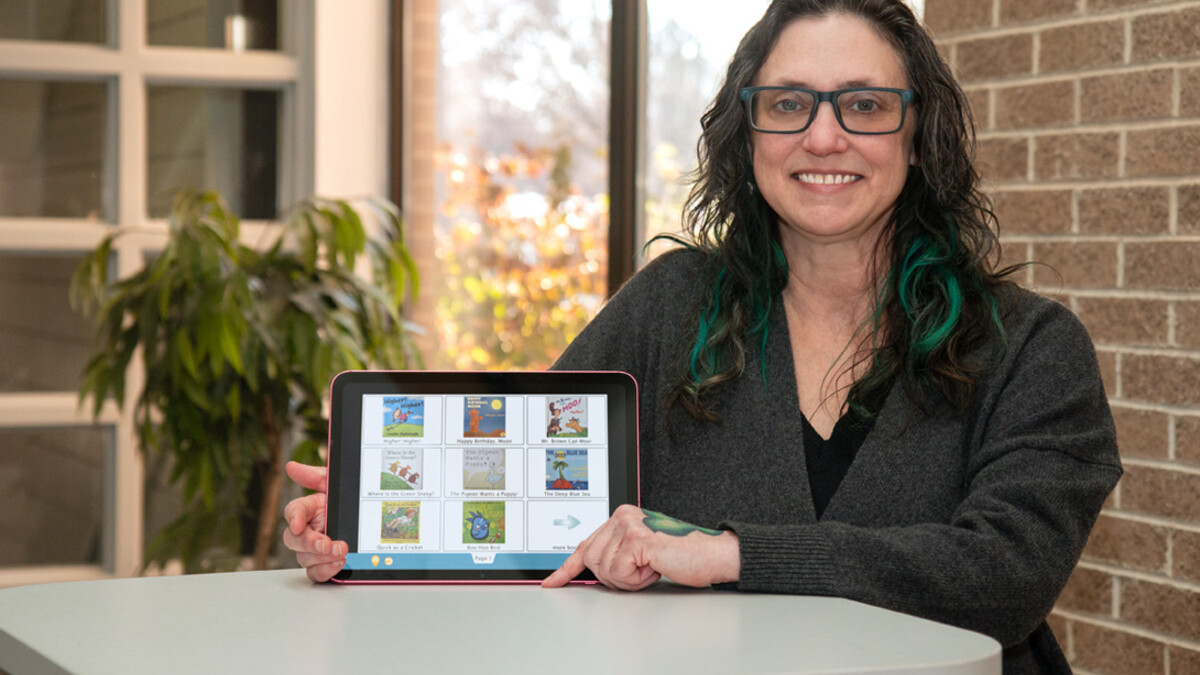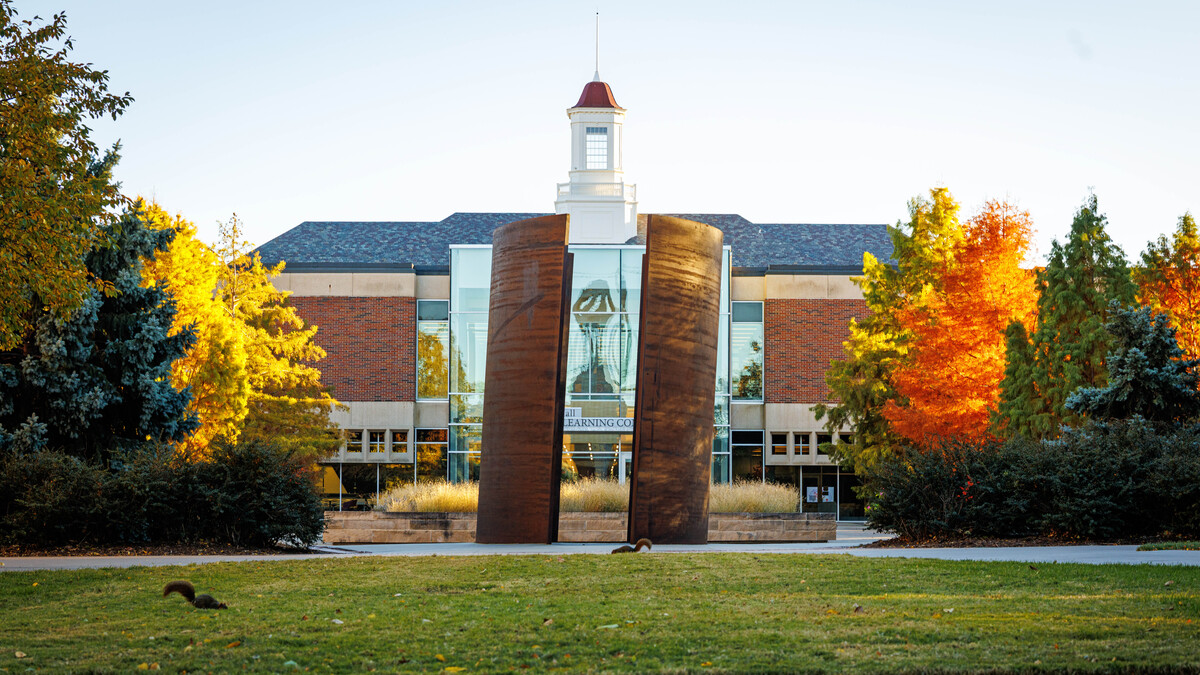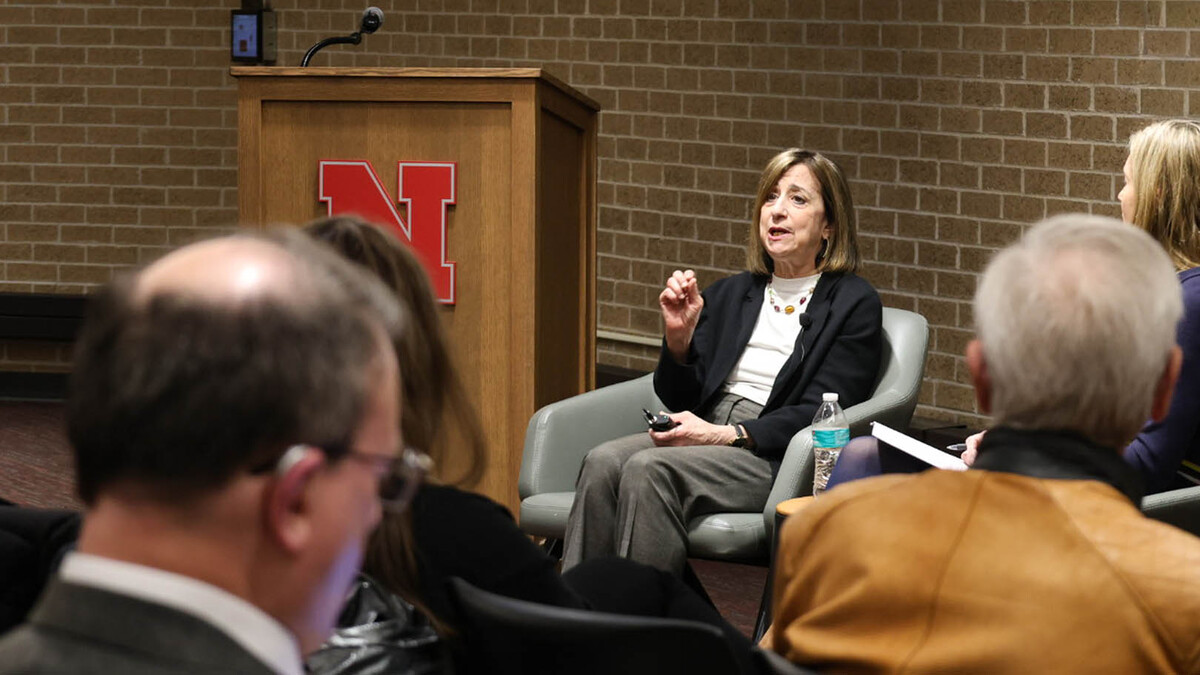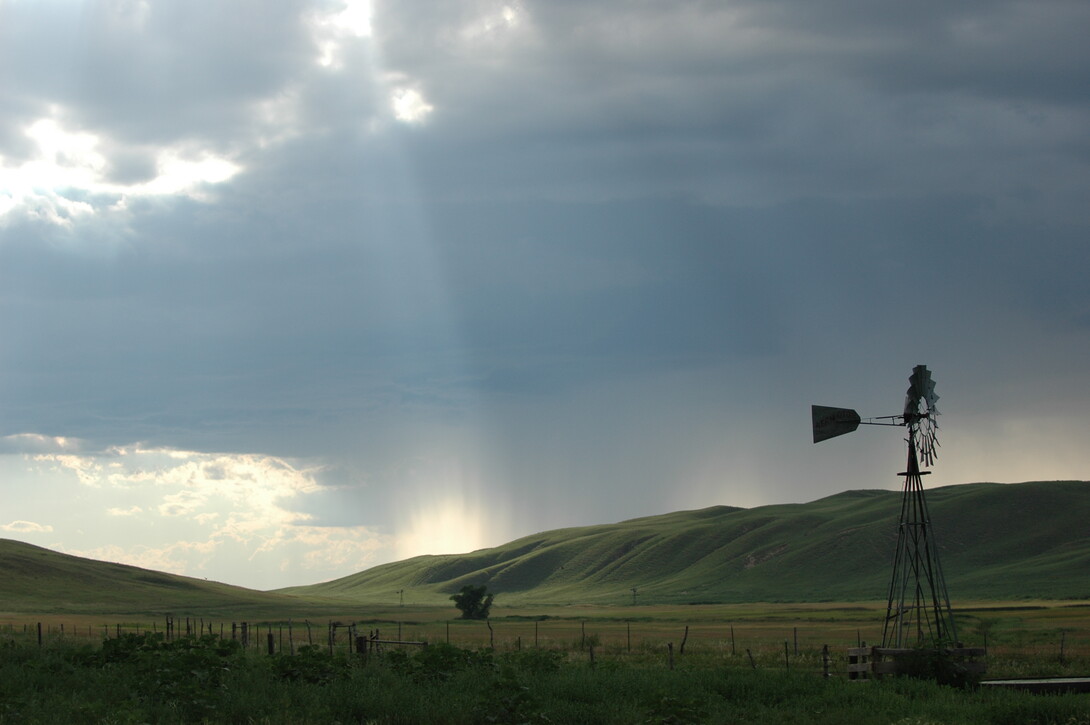
Climate change didn’t occur in a vacuum over the past 30, 40 or 100 years, and scientists are beginning to debate how adaptations of landscapes as many as 10,000 years ago have had an impact on today’s climate.
A new project aims to help climate-change scientists better understand the impacts of these adaptions and UNL anthropologist LuAnn Wandsnider will be leading a team of North American researchers tasked with figuring out the ramifications of historical human landscape modifications.
Wandsnider is joining the international project, LandCover 6K, as a North American land-use coordinator. She was asked to join the project because of her expertise on historical land use of the Central and High Plains, as well as North American land use by hunter-gatherer populations.
LandCover 6K launched in February and is a project of Past Global Changes, an international effort to coordinate and promote past global change research. The group’s main objective is to improve understanding of past changes in the Earth system to improve projections of future climate and environment, and inform strategies for sustainability.
The LandCover 6K team of international researchers, led by Marie-José Guillard of Linnaeus University in Sweden and by Kathleen Morrison of the University of Chicago, will work to help climate scientists better document land cover and use over the past 10,000 years.
The five-year project has two tracks: One group is examining land cover changes, using pollen analysis as a way of reconstructing past vegetation, including forest cover, crops and plants. Wandsnider’s group is looking at land use data and evidence from archaeology, history and historical geography, which are social science disciplines not always included in climate scientists’ models and predictions.
“The whole notion is that people have been modifying their surroundings for thousands of years and this is looking at how those modifications have affected climate,” Wandsnider said. “We can’t just assume those actions had no effect. There may be limited affect in a single area, but when you have those things happening everywhere, then even a 1 percent change has a big effect.”
Wandsnider said environmental archaeology has been robust for several decades, but new technology is allowing researchers to better quantify data and improve data models.
“We’ve got tremendous modeling capabilities and we have a lot of legacy data that we can bring into this effort to organize and put it to work,” Wandsnider said. “You put those two things together and we can really do some things now that we couldn’t even have contemplated before.”
Current data models of anthropogenic land cover change only use mathematical equations of human populations and vegetation transformation, but do not incorporate any evidence of how people actually organized agriculture – differences such as dry land (wheat) vs. wet (rice) crops.
“This is an exciting effort to harness the rich archaeological and paleoenviornmental record we have for the Great Plains in particular and North America in general to address the defining issue of our generation, understanding and engaging with climate change,” she said. “It’s a myth, for example, that Native Americans had no impact on the Great Plains landscape.
“We know that ancestors of Pawnee and other Great Plains peoples relied on fire to improve forage conditions, to ‘call the bison.’”
Wandsnider said other changes most likely had an effect on climate as well: “A thousand years ago, people were growing maize and native cultigens on floodplains throughout the Central Plains. Even these seemingly low impact activities had cascade effects, creating new habitat for other species and with necessary, modest, and possibly stabilizing, effects on global climate. With European colonization, the conversion of the upland prairie to a more homogenous agrolandscape had other effects.
“Let’s use this information to improve our understanding of climate change.”
Wandsnider said the first goal is to develop a land-use classification system that can be used for all continents over the last 10,000 years. Once the classification system is ready, the project will then begin to make maps showing land use through time.
“Organizing the data that we already have will be primary, and then we’ll follow that up with identifying where we have gaps in the data and areas we need to target with more research,” Wandsnider said.
Wandsnider and international researchers will gather this fall at the University of Chicago’s Center in Paris to work on the land-use classification system. LandCover 6k is a working group of Past Global Changes, which is a core project of the International Geosphere-Biosphere Programme and is funded by the U.S. and Swiss National Science Foundations, and the National Oceanic and Atmospheric Administration.



